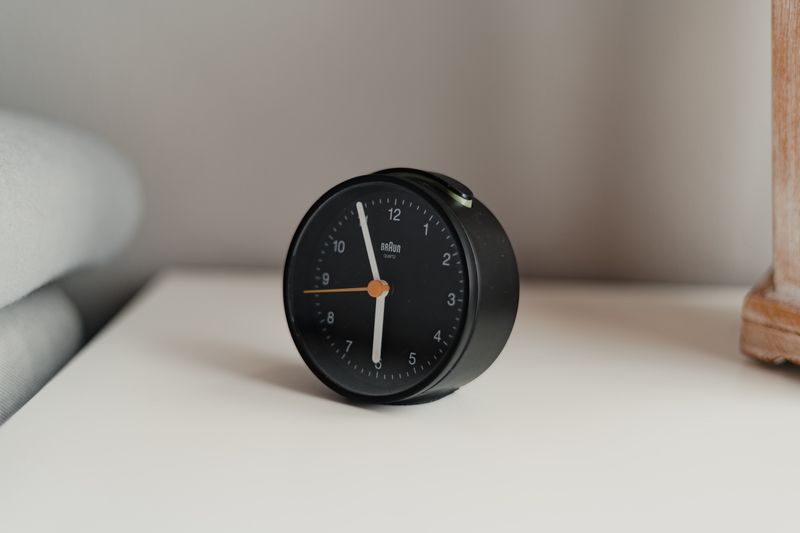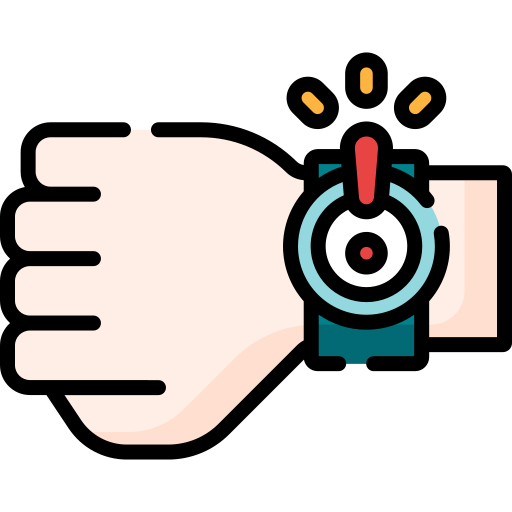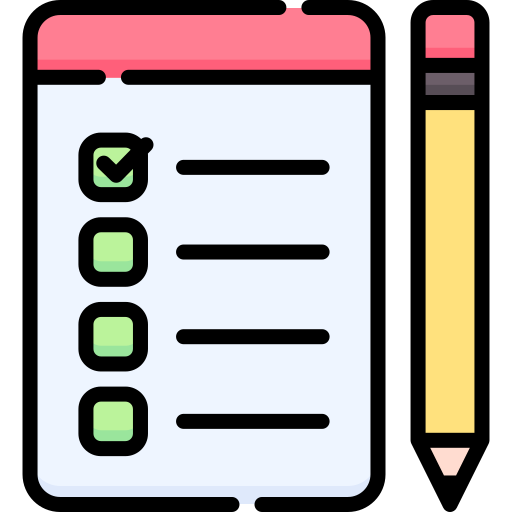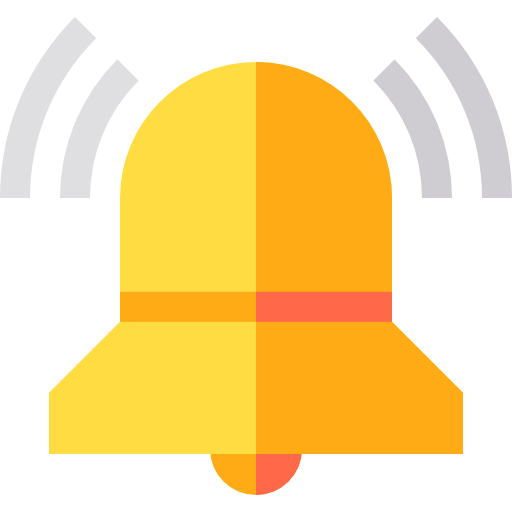 Photo by Julian Hochgesang on Unsplash
Photo by Julian Hochgesang on Unsplash 
Meet Lin. She's a busy college student with an ADHD diagnosis. Lately, she's been struggling with time blindness.
3:00pm: Lin books a workout class for 6:00pm, thinking she has plenty of time to finish her homework and eat a quick snack to fuel up for class.
4:00pm: Lin completes her work and decides to unwind by drawing in her sketch book for a few minutes.
5:30pm: Lin glances at her phone and realizes 90 minutes have passed. She got lost in her creative flow.
5:35pm: Lin changes quickly and notices she has 5 minutes before she needs to leave. That seems like plenty of time to make a smoothie to drink for the drive.
5:45pm: The smoothie is finished but Lin remembers she needs to fill up her water bottle, too.
5:57pm: Lin hits traffic on the way to class. Finally she arrives, but now she can't find a parking spot.
6:10pm: She finds a parking spot but has to walk several blocks to the studio.
6:13pm: Lin is nearly 15 minutes late to her workout class and missed the entire warmup and instructions!
How can Lin manage time blindness?
What is Time Blindness?
People with time blindness find it difficult to accurately sense the passage of time.
Anyone can experience time blindness, but it's especially common in individuals with attention-deficit/hyperactivity disorder (ADHD).
People diagnosed with ADHD often experience challenges with:
Perceiving time —estimating the amount of time that has passed or remains before a scheduled event.
Time sequencing —recalling the order of events or tasks they need to perform.
Time reproduction —repeating a task in the same amount of time as the first completion of that task.

Symptoms of Time Blindness
Time blindness can show up in several different ways:

Losing track of time —you find yourself "getting lost" in certain activities or procrastinating due to distractions.

Poor time management —you underestimate or overestimate how much time has passed or how much time remains before a scheduled event.

Feeling like you have an inaccurate internal clock —you misjudge how long it takes to complete certain tasks like getting ready, creative projects, cleaning, or travel time.

Chronic lateness — you find yourself running late for appointments even though you intended to get there early.

Difficulty creating a realistic schedule or adhering to a schedule — you have trouble following common time management techniques such as time blocking.

4 Ways to Manage Your Time Blindness
1. Identify your "time sucks"
Create a list of the activities in which you find yourself "getting lost".
For example, perhaps you love styling clothes and you find yourself running late due to your getting-ready routine. Add "getting ready" to your list.

2. Add buffer time
Anticipate that tasks will take longer than you think to complete. Leave more time than you think is necessary to complete tasks.
For example, if you think you can finish an assignment in 1 hour, give yourself 90 minutes to two hours. This strategy can prevent you from overcommitting or overloading your schedule. It also ensures you have time for breaks or distractions.

3. Track your time for regularly occurring tasks
Start timing yourself when completing routine activities such as a work process or personal care tasks.
For example, use a spreadsheet, time tracking app, or even a journal or planner to log your start, stop, and break times.
After consciously tracking your time for a week or two, you’ll have a time log to reference to help you estimate how much time it truly takes you to finish these tasks.

4. Set timers or alarms
Set timers or alarms for activities where you anticipate losing track of time.
Determine how much time you want to spend on an activity and set a timer to limit yourself to that amount of time. When the alarm goes off, you’ll know that time is up.
For example, if you get lost in your favorite hobby, set a time for 45 minutes to make sure you stop at a reasonable time.

Timer Tips: 💡
Use visible timers along with the Pomodoro Technique.
Use multiple timers — 15 minutes left, 5 minutes left, etc.
Use music playlists as your timer.
Quiz
Lin prefers to exercise in the mornings before going to class. However, she often finds herself over 20 minutes late for her first class. What could Lin do to prevent missing class? Select the best response(s).
Take Action

Follow these tips to manage your time blindness:
Your feedback matters to us.
This Byte helped me better understand the topic.
